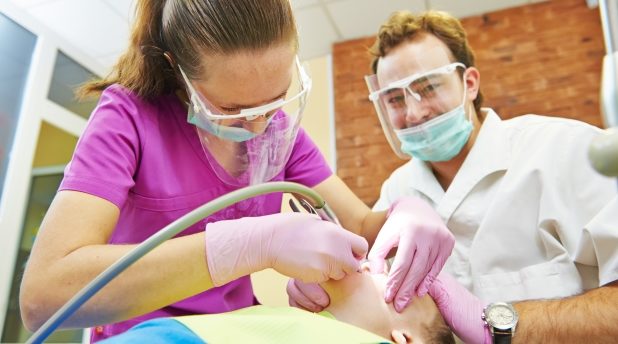Preparing Your Child For Dental Sedation
Trips to the dentist aren’t always the most fun for parents and especially for the children. However, the trips are necessary for good oral health.
There are a variety of dental procedures your child will face in their lifetime, from fillings, teeth whitening to pulling a tooth. To help these procedures go smoothly for the dentist and the patient, sedation dentistry is a common option.
Several different sedation options are available to help calm your child’s nerves during a procedure. Please understand not all of these options will put your child to sleep.
Types of Sedation
The three main types of sedation are oral, nitrous oxide and intravenous.
- Oral. It can take up to 20 minutes to start working. It is taken by the mouth or nose as soon as the patient arrives for their appointment. Oral sedation doesn’t put patients to sleep but helps them to relax.
- Nitrous Oxide. Also known as laughing gas, it also helps patients to relax and stay calm. Once they’re seated in the dental chair, the child will receive a mask placed over their nose to breathe through. A mix of nitrous oxide and oxygen is delivered through the mask and begins working in about five minutes.
- Intravenous. This sedation is delivered through a needle directly into a vein, usually in the back of the hand. This type of sedation is used to put a patient to sleep, and is generally used for longer procedures like extracting a tooth.
Preparation Tips
To help your child through their procedure smoothly, here are slist of tips to prepare your child for dental sedation.
-
Restrict Food and Drink
Restrict food and drink before your Child’s Dentist Appointment. Your dentist will likely give you instructions for how long to restrict food and drink.
Eating or drinking before their appointment could cause your child to get an upset stomach from the anesthesia.
-
Limit Sleep
If your child is being sedated for sleeping, then limit their sleep on the day of the appointment. Don’t let your child take a nap if they have an appointment later in the day.
If they have a morning appointment, wake them up earlier than usual. This will help them fall asleep quicker and easier when they’re sedated.
-
Medications
Tell your child’s dentist about any medications your child is taking prior to the appointment. Your dentist will be able to tell you if your child can continue taking their medication as normal on the day of the appointment.
-
Illiness
If your child is sick within 24 hours of the procedure, it may need to be rescheduled.
Talk to your child’s dentist if they have been showing any of these symptoms.
If you ever have any concerns about sedating your child for a dental procedure, talk to your child’s dentist about it. They can answer your questions and give you the best recommendations for the procedure.
By teaching your child good dental care you can limit the number of dental procedures they may face in their lifetime. Get tips to make sure kids are brushing regularly.






